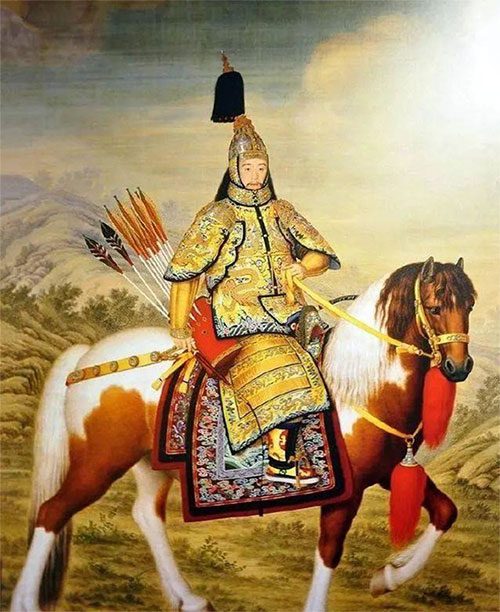Few people know that the precursor to today’s helmets was the headgear worn by soldiers in ancient times. The helmets of soldiers were seen as protective gear for the head, neck, and face during combat.
Throughout history, countless wars have taken place, leading to the development of various types of weapons. Compared to ancient times, modern equipment is vastly different, with the helmet being a prime example. Today’s helmets are typically round, whereas in ancient times, they featured a prominent spike on top.

Most ancient soldier helmets had a spike on top. (Photo: Sohu).
According to historical records, the first soldier helmets were made of leather but later evolved to be constructed from iron. During the era of ancient Greece, helmets were crafted from bronze with a sharp spike on top. They also included face guards and increased length for better protection.
From this old design, the Romans “evolved” the headgear with a wider brim and a front-facing peak to enhance visibility for the wearer. Some documents even note the history of soldier headgear preceding weapons like spears, swords, and knives. Later, with the invention of firearms, the protective helmets of soldiers became less prioritized.
So, what was the purpose of the spike on these helmets? It turns out, it served more functions than we might think.
The first function is as a backup weapon. On the battlefield, no one can predict what will happen. In ancient times, due to limited production capabilities, weapons were prone to damage. Such situations on the battlefield clearly posed significant disadvantages, necessitating the use of a backup weapon.
The spike on the iron helmet was the best backup weapon. If a sword broke unexpectedly, soldiers could remove their helmets and attack.
Essentially, this spike was not intended for combat. However, in emergencies, it could serve as a useful “lifebuoy.”

Examples of ancient helmets. Photo: QQ
The second role is protection. This design was not meant to stop spear thrusts but was actually created to block blunt weapons like hammers. In ancient battlefields, various weapons were in use. This design aimed to reduce accuracy during attacks, thereby protecting the head from strong impacts.
The third role is communication. We often see in movies that generals’ helmets are adorned with red tassels. Obviously, this was not just for decoration but served to distinguish friend from foe.
In the chaos of battle, with soldiers from both sides clashing, distinguishing signals were necessary to prevent friendly fire and to ensure troops followed their respective commanders.
It is clear that the design of the spike on helmets may not be very useful in modern times, but it played a crucial role in ancient history.
During this period, warfare did not involve machine guns and modern artillery.
Although ancient archers were skilled, they still faced range limitations. In direct combat situations, the utility of the spike on the iron helmet is undeniable.

Emperor Qianlong with a long spiked helmet to enhance the majesty of the armor. (Photo: Sohu).
The fourth function is as a cooking stand. In ancient times, soldiers often marched for days during campaigns. If they found themselves without cooking utensils or if their fire-making equipment was delayed, soldiers could use their helmets as a “pot” for cooking. The spike could be removed and used as a stand for that makeshift pot.
The fifth function is to enhance the soldier’s appearance. This effect is particularly pronounced during parades. The presence of the spike and tassels made soldiers appear taller, more robust, and powerful.
After discovering these functions, many experts have to nod in acknowledgment that the wisdom of ancient people was indeed remarkable.


















































